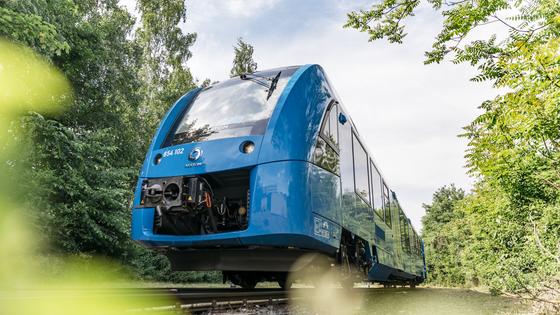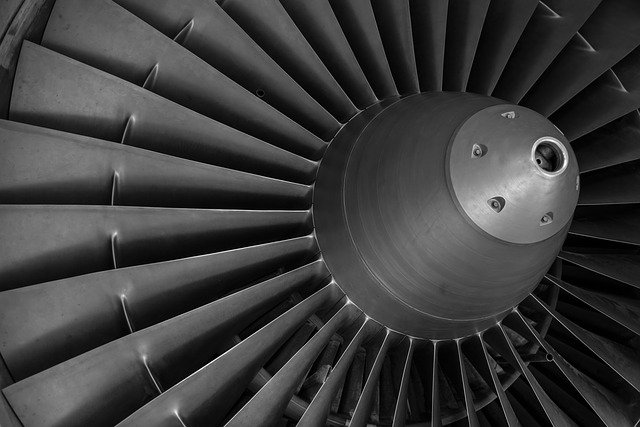- Home
- Our convictions
- Conviction #2
Conviction #2
Conviction #2
The energy mix for sustainable mobility will be broader than today
By 2050, here’s hoping fossil fuels – which still occupy an almost exclusive position in today’s mobility – will be a thing of the past. Long considered a miracle energy, oil subsequently revealed its limitations and the serious environmental consequences of its use. To avoid repeating this mistake by pinning all our hopes on one existing or future type of energy, we should hedge our bets on a broader energy mix.
It is also worth noting an established tendency to focus on energy carriers, but not their sources. Yet in some countries, the electricity for trains may very well come from a coal-fired power plant. The whole life cycle of energy and its impacts on the environment, especially in terms of CO2 emissions and air pollution, must be taken on board.
In the light of current knowledge, it is highly likely that electricity – stored in the form of hydrogen or in batteries – as well as biomass and hydrogen, will be tomorrow’s energy carriers, possibly in addition to a new kind of energy storage yet unknown!
In aviation, efforts are ongoing to reduce the C02 emissions of existing fleets, especially by improving engine efficiency and optimising air control. To prepare for tomorrow’s fleets, research work is being carried out on sustainable aviation fuel (SAF), hydrogen, and hybrid architectures. However, given growth in traffic and the maturity time for fleet renewals, jet fuel is here to stay as the main energy source for planes for some years to come…
For cars, existing batteries are not yet a long-term solution since they contain many rare earth metals, which create problems with regards extraction and recycling. While awaiting cleaner versions or for the hydrogen solution to be more widely used, these batteries are nevertheless useful for the energy transition: since industrial systems cannot be transformed overnight, batteries mean they can already start developing around an electric solution.
Hydrogen – when produced from renewable energies – already qualifies as a future solution: it has a high energy density value (for completing long distances), only emits water, and the fuel cell contains few or no rare earth metals. Lastly, it takes less than five minutes to recharge a hydrogen vehicle for a range of around 600km. Besides, this type of journey currently represents 75% of the CO2 emissions(a) generated by the transport sector! Yet until its use becomes more widespread, it will continue to remain too expensive an energy.
Lastly, we can predict that in the future, mobility in its broadest sense – transport vehicles and their infrastructure – will not only consume energy but also serve as sources of energy (storage, solar roads and roofs, etc.) and could well help manage energy consumption peaks of buildings.
Consequently, further R&D on batteries, stepping up development of low-carbon fuel chains, and seeking better economic accessibility of hydrogen will prove vital actions towards achieving truly sustainable mobility.
Footnote:
aAir Liquide / press release (in French), October 2018 https://energies.airliquide.com/sites/abt_ne/files/2018/10/05/dp_hydrogene_octobre_2018.pdf
KEY FIGURES
75%
of CO2 emissions from the transport sector concern trips under 600km.

2025
By this year, an electric vehicle will no longer cost more than its combustion engine equivalent.

5
It takes less than five minutes to recharge a hydrogen vehicle for a range of 600+km.

EXPERT EYE
Pierre-Etienne Franc
ILLUSTRATIONS

Coradia iLint: the hydrogen train comes to stations
The world’s first passenger train powered by a hydrogen fuel cell that produces electrical energy for the traction. The zero-emission Coradia iLint, designed by Alstom, is low noise and emits only water vapour and condensation. It is currently operating in Germany.

WattWay: the world’s first solar road
This pioneering photovoltaic cladding, for roads, bike paths, car parks… is the fruit of a partnership between Colas and the French Solar Energy Institute (Institute National de l’Énergie Solaire, INES). It enables production of electrical energy without impinging on natural spaces.

E-fuels: an avenue for decarbonising aviation?
Deploying e-kerosene in the aviation sector could help substantially reduce the climate impact of aviation.
SHORT STORY

‘Heads, you’re never dead!’
What if tomorrow ride hailing developed original concepts to seduce clients?
Sustainable mobility must combine freedom of movement and environmental responsibility
Tomorrow's mobility will focus on individual needs
